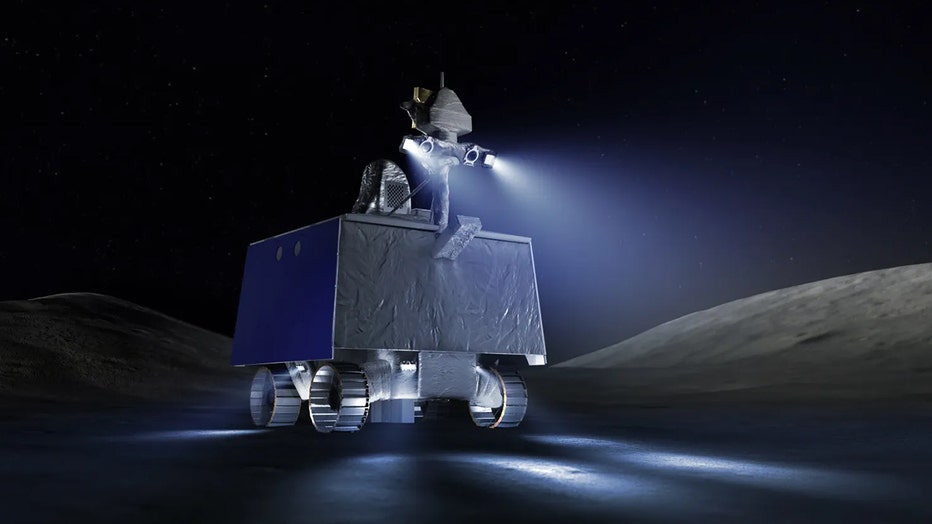You can send your name to the moon on NASA’s 1st robotic lunar rover VIPER

NASA unveils Artemis 2 moon mission crew
NASA named the four astronauts who will fly to the moon by the end of next year, including one woman and three men. The three Americans and one Canadian were introduced during a ceremony in Houston, home to the nation?s astronauts as well as Mission Control.
NASA is inviting people to send their names to the surface of the moon aboard the agency’s first robotic lunar rover VIPER – short for Volatiles Investigating Polar Exploration Rover.
According to NASA, the rover will embark on a mission to the lunar South Pole to investigate the moon’s water and better understand the environment where the agency plans to land the first woman and first person of color under its Artemis program.
As part of NASA’s campaign called "Sent Your Name with VIPER," they said they will accept names received before midnight EST on March 15. Once collected, the agency will take the names and attach them to the rover.
You can add your name here.
"With VIPER, we are going to study and explore parts of the Moon’s surface no one has ever been to before – and with this campaign, we are inviting the world to be part of that risky yet rewarding journey," said Nicola Fox, the associate administrator, and science mission directorate at NASA.

An artist’s concept of the completed design of NASA’s VIPER, or Volatiles Investigating Polar Exploration Rover. VIPER will get a close-up view of the location and concentration of ice and other resources at the Moon’s South Pole, bringing us a signi
The site also enables participants to create and download a virtual souvenir – a boarding pass to the VIPER mission featuring their name – to commemorate the experience.
"Just think: Our names will ride along as VIPER navigates across the rugged terrain of the lunar South Pole and gathers valuable data that will help us better understand the history of the Moon and the environment where we plan to send Artemis astronauts," Fox continued.
NASA said this project draws from the agency’s long tradition of shipping inspirational messages on spacecraft that have explored our solar system. NASA has previously enabled millions of people to send their names to ride along other missions including Artemis I, several Mars spacecraft and the upcoming Europa Clipper mission.
RELATED: 12 hours on Mars: What NASA cameras captured during a search mission on the red planet
"Our VIPER is a game-changer," said Daniel Andrews, VIPER’s project manager at NASA’s Ames Research Center in California’s Silicon Valley. "It’s the first mission of its kind, expanding our understanding of where lunar resources could be harvested to support a long-term human presence on the Moon."
In late 2024, VIPER is set to embark to the lunar surface after launching aboard a SpaceX Falcon Heavy from Cape Canaveral Space Force Station in Florida. Once there, NASA said that VIPER will rely on its solar panels and batteries for its roughly 100-day mission to survive extreme temperatures and challenging lighting conditions to gather data about the characteristics and concentrations of lunar ice and other possible resources.
This story was reported from Los Angeles.

